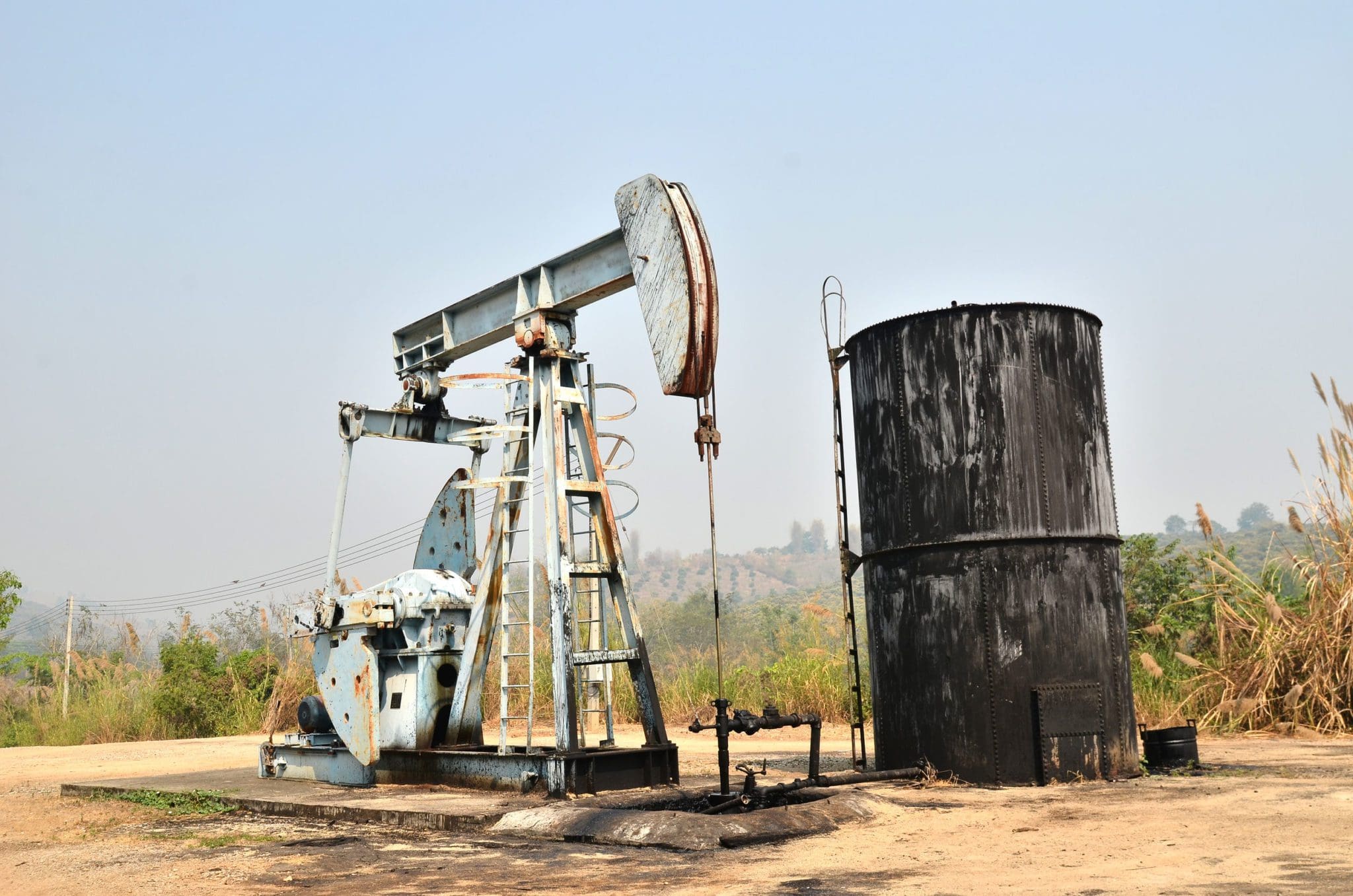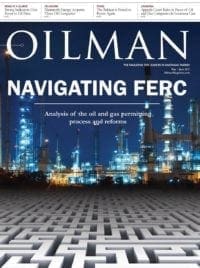At the time of writing, we are seeing an increasing number of media reports detailing the huge number of abandoned oil wells in Alberta and Texas. In addition, governments and the industry are experiencing growing concern over the increasing costs of decommissioning and reinstatement of both onshore and offshore oil and gas fields.
With oil prices at an unexpected all-time low, long- held assumptions about funding prospective decommissioning and reinstatement costs are proving unrealistic in meeting the requirements of many producers and regulators. Public opinion and governments, in general, will no longer tolerate the abandoning of such installations by the energy industry, leaving the hard-pressed taxpayer with a problem running into billions of dollars to resolve.
In fact, as both the industry and governments turn their attention to these issues, it is becoming clear that this problem is increasing in scale as energy resources mature and become more expensive to operate. In the current tough economic climate, there has been a rise in the number of wells abandoned or orphaned by operators. At the last count, there were some 1,400 abandoned wells in Alberta and more than 10,000 in Texas. Today, Alberta’s current abandoned well clean-up fund has only $240 million in the kitty whilst current estimates suggest that at least $29 billion is needed. Funded systems are experiencing a similar shortfall in US states, including Texas.
Expecting local regulators and taxpayers to foot bills amounting to billions of dollars to meet the costs of decommissioning is likely to prove unrealistic.
Tackling The Abandoned Oil Well Problem
In the light of these decommissioning and reinstatement challenges that face not only the oil and gas producers but their regulators and governments, London-based Quatre Ltd has come up with a product and services package known as ESMS (Exit Strategy Management Solutions) which offers new funding and environmental liabilities solutions for decommissioning oil and gas assets.
The ESMS model addresses the decommissioning and reinstatement of on and offshore oil and gas fields and their associated post-decommissioning environmental liabilities while maximizing economic recovery and protecting the public purse.
The key goal in the early stages is the protection of the operators’ (Joint Venture partners) capital, by using an SPT (Special Purpose Trust.). The SPT financial capacity is developed by annual contributions targeting a 3 percent annual Net Value Increase. Contributions are based on the client company’s cash and cash-flow forecasts.
Special Purpose Trusts enjoy several advantages over traditional methods such as LOC (Letters of Credit) or Security Bonds, all of which impose high annual maintenance fees. In addition, the SPT is working on behalf of the client to deliver increased value and reduce, over a period, the total value of the annual contributions as the SPT builds capacity. Once the funding is allocated to the SPT it is ring-fenced for decommissioning and reinstatement purposes only and protected against the prospects of insolvency. Essentially, the SPT funds are used to pay for the decommissioning and reinstatement as well as for any other associated cost related to the decommissioning.
The second key goal is to ensure that environmental liabilities are transferred from the operator post-decommissioning – allowing them to step away asset efficiently. Quatre have developed long term insurance products that allow this to happen – even with the potential to include the regulator as an insured party if the operators are no longer viable when the liability is realized.
By protecting the public purse, Quatre’s ESMS gives government regulators and treasuries greater confidence in the operator, while showing that the Joint Venture partners are addressing their environmental, economic and corporate social responsibilities in a clear and transparent manner. Adopting the Quatre ESMS model will, therefore, tackle many of the long-running decommissioning and reinstatement challenges, which are today facing both the operators of oil and gas fields and their governmental regulators.
To find out more about Quatre Ltd contact me and look at the http://www.quatre-ltd.com.






